Retro Replay Review
Gameplay
Second Front: Germany Turns East delivers an unparalleled strategic challenge for the veteran wargamer, tasking players with orchestrating massive encirclements, supply lines, and force allocations across the entire Eastern Front. The division-level focus means you’ll make decisions affecting everything from high-level theater movements down to individual infantry squads and tank platoons. With over 150 German divisions and more than 200 Soviet formations under your command, the scope of operational planning and tactical execution is truly staggering.
(HEY YOU!! We hope you enjoy! We try not to run ads. So basically, this is a very expensive hobby running this site. Please consider joining us for updates, forums, and more. Network w/ us to make some cash or friends while retro gaming, and you can win some free retro games for posting. Okay, carry on 👍)
The game’s turn-based system allows for careful deliberation, but don’t be fooled—these decisions carry heavy consequences. Fuel shortages, attrition rates, weather impacts, and shifting frontlines all demand constant attention. Whether you’re coordinating dual thrusts toward Leningrad and Moscow or redistributing reserves to stem Soviet breakthroughs, every order feels vital. The depth of asset information—tank armor values, infantry morale, aircraft sortie counts—gives a rewarding sense of mastery once you learn to interpret and exploit the data.
Scenarios range from the early Barbarossa invasion all the way through to the brutal fighting around Stalingrad and the final push into Soviet territory. Optional historical events can trigger key milestones—such as the arrival of Tiger tanks or the formation of Soviet Guards armies—keeping each playthrough dynamic. Multiplayer mode further amplifies the strategic tension, pitting two commanders against one another in a true test of wits and endurance.
Graphics
Visually, Second Front opts for clarity over flash. The hex-based map stretches from the forests of East Prussia to the ruins of Stalingrad, with terrain features—rivers, marshes, rail lines—clearly delineated. Unit counters are color-coded and icon-driven, allowing you to distinguish armor, infantry, motorized units, and air support at a glance. While the style may feel dated to those expecting modern 3D renderings, this functional aesthetic enhances readability during long campaigns.
Zoom levels let you focus on local engagements or review the entire front, and the animated combat sequences offer a brief but satisfying visual representation of tank duels and artillery barrages. Weather effects—fog of war, mud, snow—are subtly integrated into the map tiles, reminding you of the Eastern Front’s notorious mud seasons and harsh winters. Though the graphics won’t win awards for photorealism, they serve the gameplay exceptionally well.
The user interface balances an impressive array of tables, status bars, and tooltips with an intuitive command bar. Clicking on a division immediately reveals strength reports, supply status, and morale levels. Context menus simplify issuing orders, and customizable overlays enable quick assessment of frontline pressure or logistical bottlenecks. For a game of this complexity, the presentation remains surprisingly accessible once you’ve mastered the basics.
Story
While Second Front is primarily a wargame, it weaves a compelling narrative through scenario-driven objectives and historical event triggers. Early missions recast you as the German High Command launching Operation Barbarossa in the summer of 1941. As you advance, you’ll face critical crossroads—will you push on to Moscow, or divert to secure resource-rich Ukraine? These branching decisions create a personalized war story that evolves with your strategy.
On the Soviet side, the narrative shifts to desperate defensive battles, heroic counteroffensives, and the forging of the Red Army’s indomitable spirit. Text-based event briefings and period photographs help ground the experience in its historical context, offering a sobering reminder of the scale and human cost of conflict. Though there are no voiced cutscenes or cinematic flourishes, the unfolding campaign delivers drama through its shifting frontlines and the ever-present threat of encirclement.
The emergent storylines—trading blows at Kharkov, the grinding siege of Rostov, or the pivotal clash at Kursk—feel both personal and epic in scale. As a commander, you’ll celebrate smashing breakthroughs and mourn catastrophic supply failures. These peaks and troughs, dictated by your own orders and the game’s historical algorithms, generate a narrative that keeps you invested across dozens of hours.
Overall Experience
Second Front: Germany Turns East is a grand strategic masterpiece tailored to the dedicated wargamer. Its steep learning curve and deep mechanics demand both time and patience, but the payoff is immense. Once you embrace the wealth of data at your fingertips and master the art of operational planning, the game transforms into a gripping odyssey across the Eastern Front’s frozen plains and ravaged cities.
The title excels in replayability—alternate strategic choices, AI variability, and multiplayer showdowns ensure no two campaigns feel identical. Historical authenticity permeates every aspect, from order of battle accuracy to logistical challenges. If you’ve ever dreamed of replaying World War II at the division level, commanding tank formations toward Moscow or defending Mother Russia with sheer tenacity, this game delivers in spades.
Final verdict: Second Front offers a monumental strategic sandbox that will consume you for weeks on end. It’s not for the casual player, but for those seeking the ultimate operational wargaming experience, few titles rival its depth, scope, and historical immersion. Prepare to lose track of time as you rewrite—or repeat—the largest land conflict in history.
 Retro Replay Retro Replay gaming reviews, news, emulation, geek stuff and more!
Retro Replay Retro Replay gaming reviews, news, emulation, geek stuff and more!
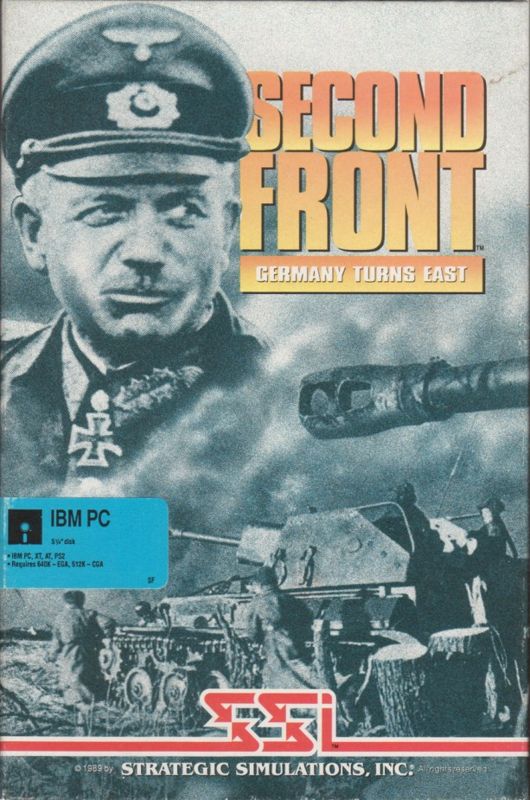
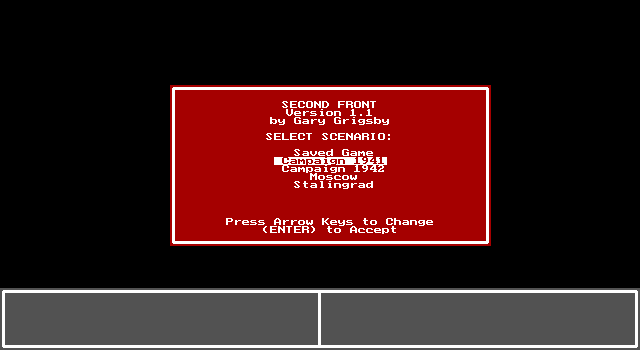
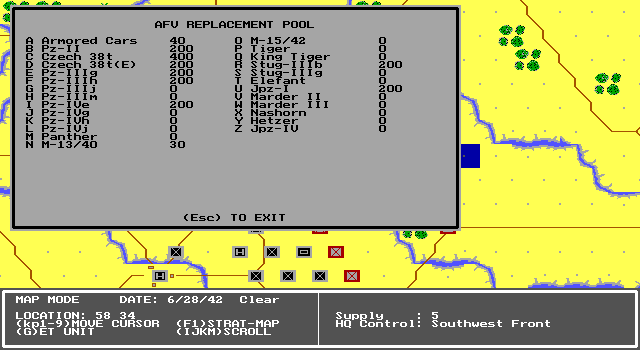
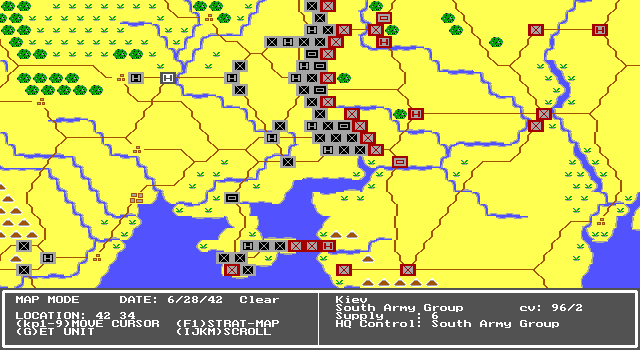
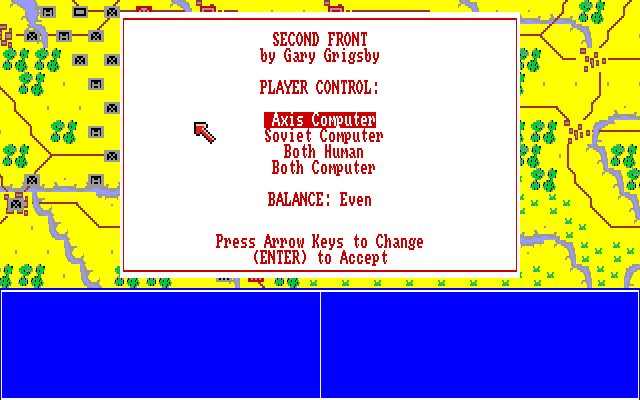
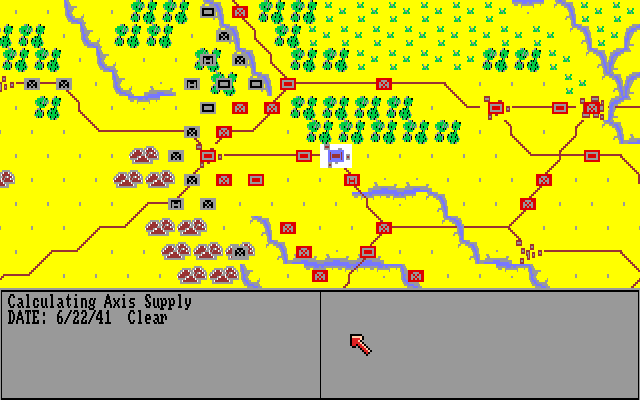



Reviews
There are no reviews yet.